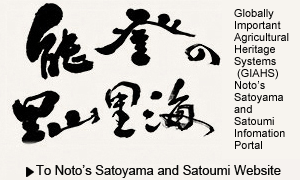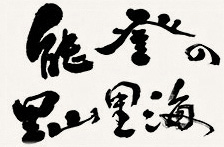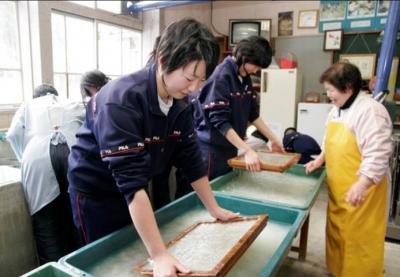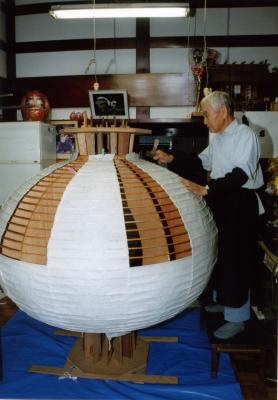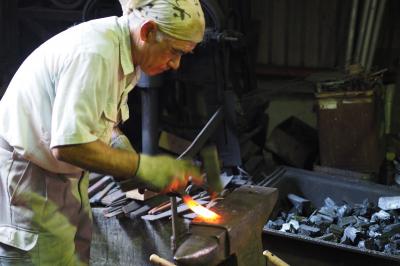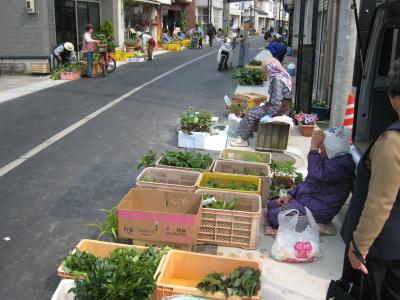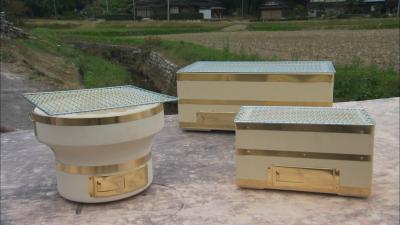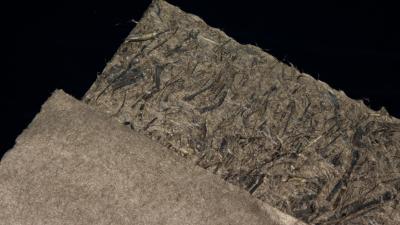
Name
Kyuden Japanese Paper
Address
Kyûden, Noto Town
Category
Life
Class
Agro-based art
Age
17th century~19th century
Designation
“Papermaking tool”: Noto Town Tangible Folk Cultural Asset (November 1967)
Comment
This is a traditional paper made from paper mulberry, a plant that grows in nearby forests. Descriptions of this paper can be found in records that date back 350 years. Production stopped once in the Taisho period due to the spread of Western-style paper; however, it resumed as part of a study of local communities carried out at Omô Elementary School, which gave children the opportunity to make paper in class. After the elementary school was closed in 2002, local residents established “Paper Studio Miwa Society” to preserve the papermaking skills. The Elementary School building was renovated to house the new Omô Community Hal, where paper is made. The most labor-intensive processes are: (1) Collecting materials from paper mulberry trees; (2) Cutting the trees, steaming them for four hours, and peeling off the skin; (3) Scraping black parts; (4) Soaking the materials in water for a few days and washing them; (5) Boiling them in water containing soda ash for four hours; (6) Soaking them in water for a few days and washing them; (7) Removing dust and damaged parts; and (8) Beating the materials to make the fibers finer. These processes are completed in winter, and the materials are stored and used for papermaking as needed.
Views
Access number:9442

